Icynene vs. Urethane insulation
I’m converting a detached 2-car garage into climate-controlled studio space. The walls are open, the wiring is done and it is time for insulation.
I’m leaning heavily toward spray-on foam in the walls and between the rafters.
I’ve gotten estimates from one firm that uses urethane foam ($1,500) and one that uses Icynene ($2,000).
Can anyone tell me if there is really a $500 difference between the two?
Thanks,
Chip
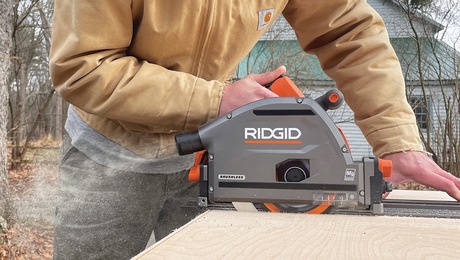
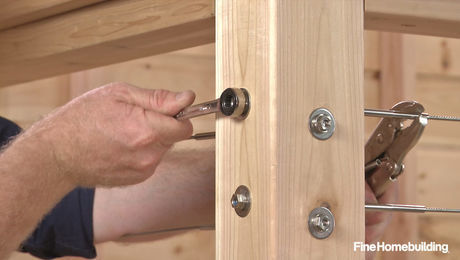










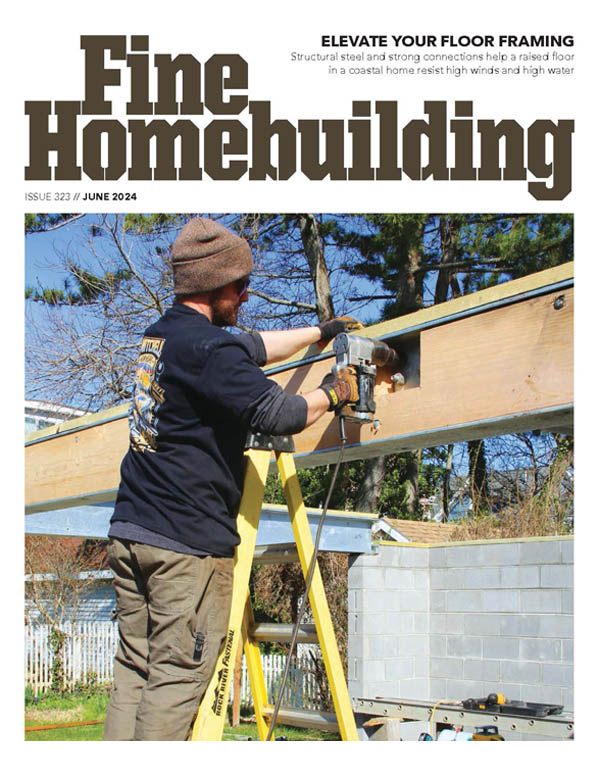

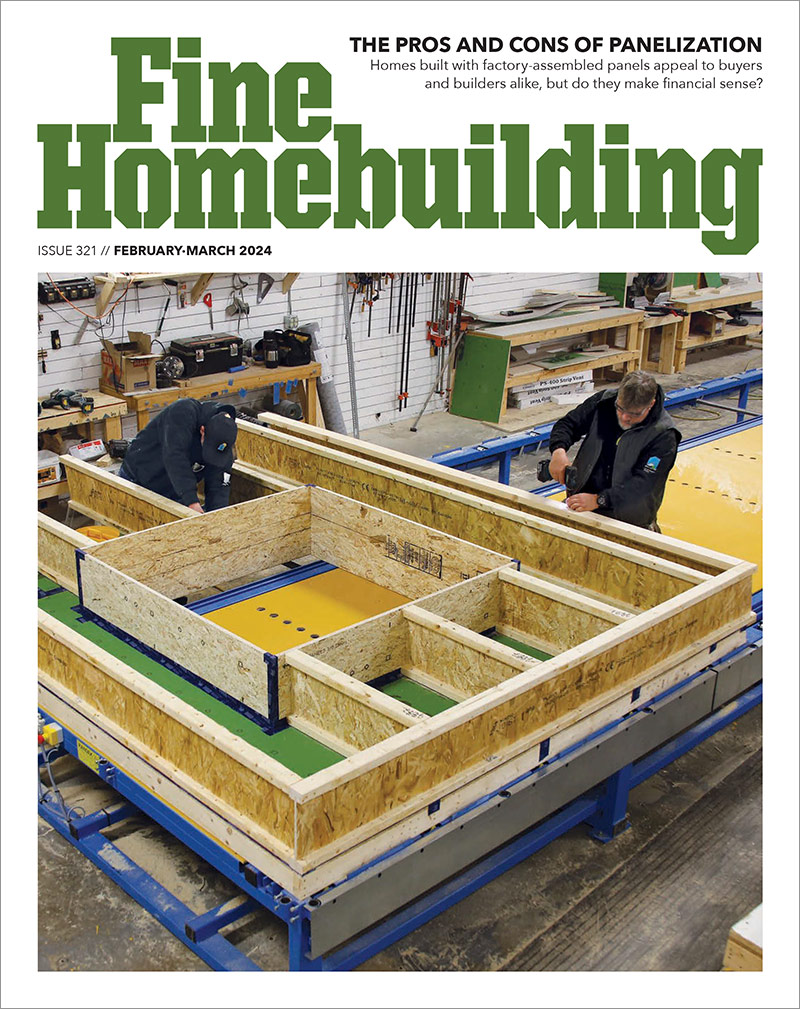

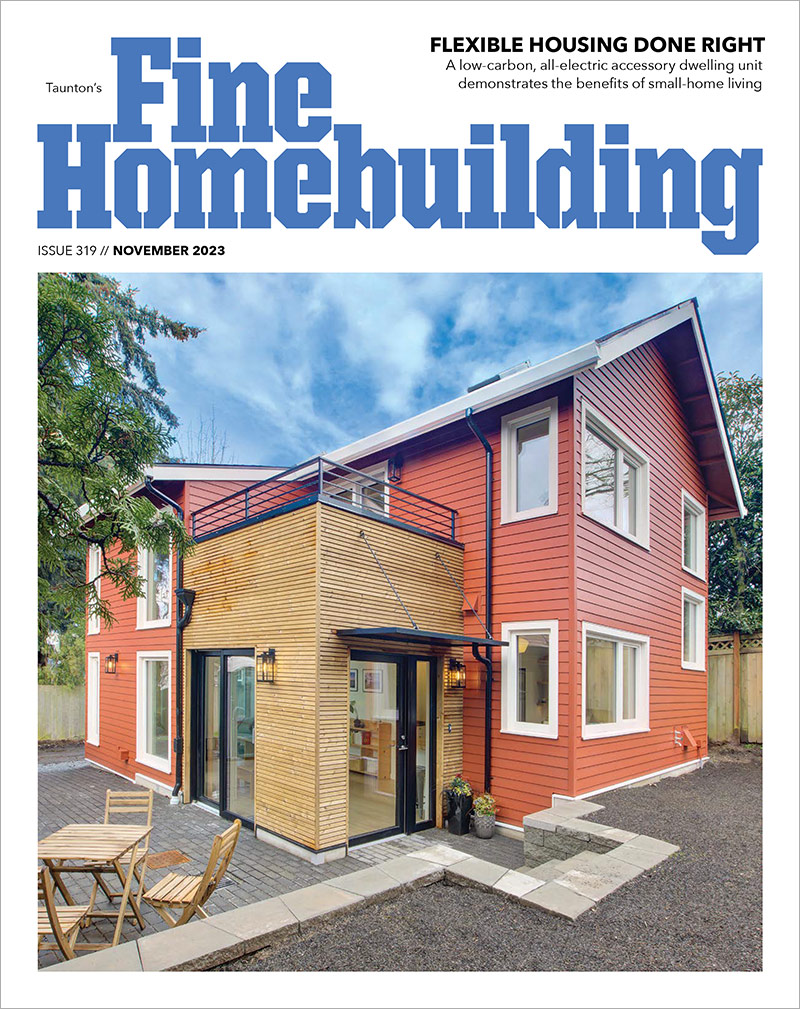

Replies
Well, this strikes me as odd, since here Icy is cheaper than the urethane. I guess the first thing I'd double check is that they're both giving you substantially the same thing - insulating the same places, same R value, etc. And same cleanup. One might be figuring on leaving you a cavern and the other flush trimming everything so you actually can drywall.
Beyond that, urethane is more rigid, closed cell, and here at least, sees more commercial than residential. It won't go on ten inches at a time, so to get a build you have to spray multiple times. Icynene is an open cell foam, softer, lighter, and you can fill a joist bay with one pass. I think the material costs are comparable, the lower installed rate here is simply labor (time) savings.
That said, I've used both in residential. I prefer the urethane. Hard as a rock. I can't help but feel like it just makes things sturdier. And I'm not a big fan of the open cell idea. Too much like a sponge to me. I don't want water to have a chance at going anywhere. I filled a floor with urethane last year. You could have cranked a boom box and held it to the joists below and not heard it above the floor.
"If you pick up a starving dog and make him prosperous, he will not bite you. This is the principal difference between a dog and a man." - Mark Twain
I agree that usually icy is cheaper. Mostly a function of density. The denser the material, the more of it is needed to achieve the desired thickness. otoh, polyurethane is twice the R/inch of icy, so you'd need more of the open-cell to match insulating value.
what is the r value of both? can i do my own myself? would i really save anything?
The pumps and guns and hose are expensive. Not stuff to be rented, either. Not a diy project.
Icynene is in the range of 3.5/inch (going from memory). Poly starts at 7.14/inch and ages to 6.5 as some of the gas diffuses from the cells and is replaced by either latent air or just leaves an open cell.
There are some companies selling diy kits....see:
http://www.fomofoam.com/
Don't know anything about them. Just saw their site after googling for some other information.... --Ken
I used one similar looking one as a test and was not at all happy with the quality of the product. Having been part of the spraying of tens of thousands of sf of the stuff with real guns and the 55 gal barrels of raw materials, this packaging didn't strike me as ready for prime time. Perhaps operator error, perhaps too-high expectations, perhaps just not the same quality.
Glad to see someone with experience respond. All I saw was their web site, and didn't have any experience with the product. Like most things, I suspect high quality tools makes a difference....oh.....and a little (or a lot) of experience. --Ken
Hi Chip,
Check the web sites for the products you are considering. We chose Icynene primarily because it is doesn't gas off, and think will be healthier than urethane. Hopefully we will be having ours sprayed soon.
The Icynene site is http://www.icynene.com
kestrel
I am planning to do a similar project. I have a 24x24 garage that I use for my shop. The roof is a 10/12 pitch, creating a good sized loft space above. The rafters are 2x4, so insulating will be a problem. To avoid the problem of haveing to create continuous sophit venting, 3" air space and ridge venting, I have decided to use urethane foam insulation. Reasons are 1. cheaper. 2. higher "R" value / inch. 3. added bonous of the foam stiffening the original structure. Urethane cures hard, where as Icynene cures somewhat spongy. The big advantage of Icynene is that it is fireproof, although in Ont. code requires an additive in Urethane (bromide, I think) to reduce its flamability
Yes price difference is interesting My local foamer does all kinds of foam, he wants about 3.50/sq foot for poly on the roof and 2.75 or so for Icynene.
MERC.
We are paying between 60 and 70 cents per board foot for a spray foam insulation job using urethane.
Man, do the prices vary or what ? We pay about $2 / ' for urethane and about $2.50/ ' for icy. And these are Canadian prices, so in U.S. funds that would be, let's see here, multyply by... umh. ... ok, ... umh,... justasec... aa... yea, a lot less.
Remember, I gave my cost per board foot. That is one square foot of in-place foam, at a thickness of one inch.
I specify different thickness based on locations, i.e., rimboard/mudsill, exterior walls, exterior tub or shower enclosure walls, exterior floors, ceilings, and so forth.
Those that gave square foot pricing did not say how thick the foam application, nor whether the square footage was gross wall area, or net cavity area.
My guys have meters on their equipment, and know how much of the A resin and B iso are used to produce a finished volume of foam. So for us it is just a matter of zeroing the meters at the beginning of the job, reading them at the end, and computing the volume of foam delivered.
Bob: What area are you in? I'm in Boston and would like to have some foam sprayed on our basement ceiling. Anyone have a referral to a Boston area foamer who prices like Bob's guys....by the board foot? Thanks.
You might want to check out this stuff. A closed cell foam. There are a couple of eastern mass contractors who use this stuff.
You need to post links as text not an attachment.
http://www.corbond.com/
Jon Blakemore
I am too far from Boston for my guy's pricing method to make sense down your way.
He has calulated his price in $ per bd ft so that his customers can readily budget for the jobs.
In reality, he has taken his materials and equipment, and run some measurements to see how many pounds of iso (the B component) and resin (the A component) are used to produce a given volume of in-place cured foam, and then factored to get his numbers for a 1/12th cubic foot.
When he comes to the jobs, the A and B side meters are zeroed out, the job begins, and at the end, we figure it out from the meter readings. But it comes out close to what we figure, always.
It is not cheap, as compared to glass or cellulose. A 3000 sf house with 2400 sf of exterior wall cavity area, and 2200 sf of ceiling with cold roof above, in my climate, would need 3 bf per sf in the walls, and 7 in the ceilings. At 60 cents per bf, the job will cost $13,560. That is about twice what I would pay for a cellulose job.
I like this pricing method. It takes the guess work out for everyone. We had Icy shot into most of our walls and onto our attic ceiling. The effect was tremendous. Instant savings in heat. Instantly more comfortable. Instantly much quieter. The only part that I did not like was that I got wildly differing estimates for having the job done. I don't want to pay based on what the contractor thinks I can afford. I'd rather have them put their overhead, cost of material, labor and profit margin into the board foot price and then I can decide how much I can afford to have sprayed.
By the way, if you look at the FOMO price for 600 bd feet is is just a bit more than $1 a board foot. I'd clearly pay a contractor if they were charging less than that per board foot...which they should be able to do if they are buying the stuff by the truck load.
Estimating your cost for a foam job takes a little work. For the walls, as an example, you need to subtract out, from the gross wall area, all the windows, doors, headers, and studs and corners, to ge the net cavity area.
Just trying to think it through a little in my head, th emath starts to get complicated. That is part of why I like the idea of just charging by the board foot.
Looks like there is a company a few miles from me who will spray corbond on for 65 cents a board foot. I'm checking with another company as well...they are further off but have done some good work for us in the past. I'd pay a bit more to use them again.
I got quoted $2/sq ft for SPF, $4/sq ft for icy.
SPF must be sprayed into open cavity, some icy installers can get it between walls without blowing them out. SPF has higher R-value and is relatively impermeable (cough, not impermeable though), icy has some of the same VB issues as cells. Both are good for sealing air leaks, I guess cells fans will say dense-pack cells will too. I've heard icy out-gasses for 30 days after installation, don't know about SPF.
I got to get out of Conn. To spray my 3100sq ft house I got quotes of $16,000-$17,000 way too much $$
Greg